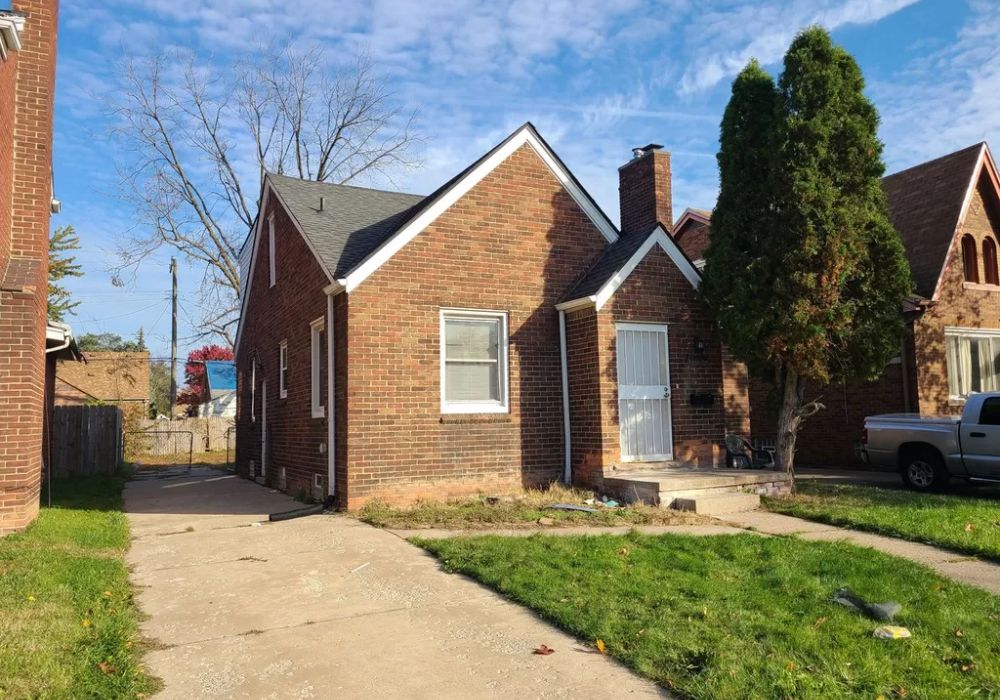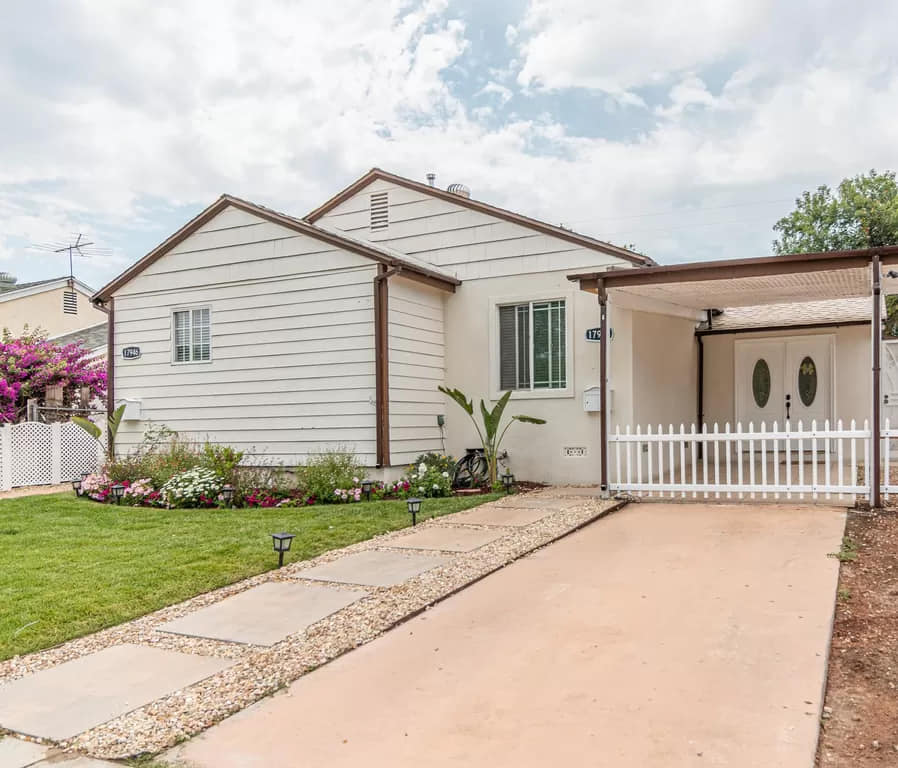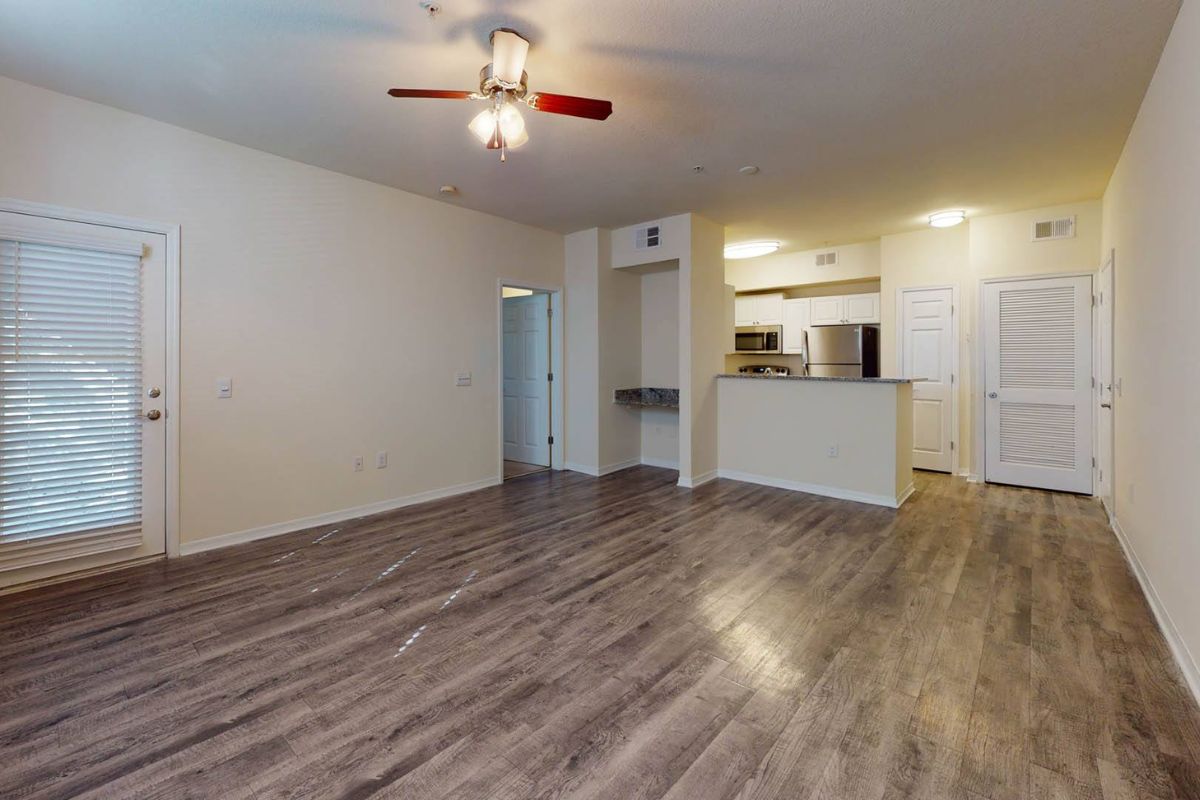Are you interested in learning how to become a Section 8 landlord? Becoming a Section 8 landlord opens up new possibilities for accessing a broader range of renters and contributing to affordable housing. In this guide, we will walk you through the steps to become a Section 8 landlord, providing you with valuable insights and information on how to navigate this process successfully.
From advertising your property to executing a Housing Assistance Payment (HAP) contract, we've got you covered. So, let's delve into the details and discover how you can become a Section 8 landlord.
Related article: How To Get Section 8 Immediately
Advertise Your Property to Section 8 Participants

To begin your journey as a Section 8 landlord, the first step is to advertise your property to potential Section 8 participants. Fortunately, there are resources available to help you with this process. The local housing authority, such as the Office of Housing Assistance (OHA), can assist in advertising your property directly to Section 8 participants at no cost.
Additionally, they often publish Section 8 rental listings regularly, ensuring maximum exposure for your property.
Screen and Select a Tenant
Screening prospective Section 8 tenants is a crucial step in ensuring a successful tenancy. Just like with any other tenant, it's important to conduct thorough screenings to find a suitable match for your property. While you may consider factors such as rental payment history, care for the rental unit, and respect for other tenants' rights, it's crucial to adhere to fair housing laws and treat all applicants equally.
Schedule and Prepare for the OHA Inspection
Once you have selected a Section 8 tenant, the next step is to schedule an inspection with the Office of Housing Assistance (OHA). This inspection ensures that your property meets the required Housing Quality Standards (HQS) for health and safety. Before the inspection, carefully review the Tenant & Owner Inspection Checklist provided by OHA.
This checklist outlines the specific criteria that your property must meet, such as functioning sanitary facilities, smoke detectors, and secure locks.
Attend the OHA Inspection
During the OHA inspection, an inspector will visit your property to assess its compliance with the HQS. It is essential to be present during the inspection to address any questions or concerns promptly. The inspector will evaluate various aspects of the property, including its structure, plumbing, and overall safety.
Execute an OHA Housing Assistance Payment (HAP) Contract
After your property passes the inspection, completes all required paperwork, and receives OHA's approval of the contract rent, you can proceed to execute a Housing Assistance Payment (HAP) contract. This contract formalizes the agreement between you as the landlord and OHA, outlining the terms of rental assistance and payment.
It is crucial to review the contract carefully, ensuring that you understand your rights and responsibilities as a Section 8 landlord.
Maintain Landlord/Tenant Relationship and Pass Annual Inspections
As a Section 8 landlord, maintaining a positive landlord-tenant relationship is vital for a successful and harmonious tenancy. It is essential to fulfill your responsibilities as a landlord, promptly addressing maintenance issues, and providing a safe living environment.
Additionally, you must continue to comply with the HQS to pass annual inspections conducted by OHA. By maintaining open communication with your Section 8 tenant, promptly addressing concerns, and fulfilling your obligations, you can create a mutually beneficial relationship and contribute to the stability and well-being of your tenants.
Conclusion
Becoming a Section 8 landlord requires understanding the process and fulfilling specific requirements. By following the steps outlined in this comprehensive guide, from advertising your property to executing a HAP contract, you can become a successful Section 8 landlord. Remember to maintain a positive landlord-tenant relationship, promptly address maintenance issues, and comply with annual inspections to ensure continued eligibility.





